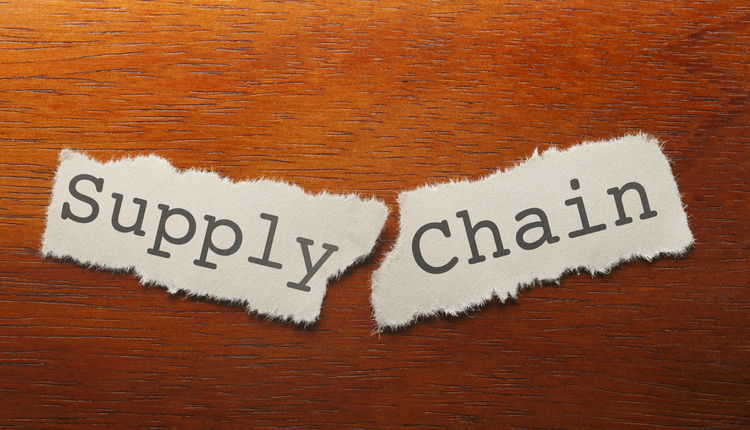The coronavirus pandemic has exposed a number of weak spots that have handcuffed pharmaceutical supply chains, especially outsourcing practices. Consider the following:
· 80% of the US supply of antibiotics are made in China.
· China accounts for 95% of US imports of ibuprofen, 91% of US imports of hydrocortisone, 70% of US imports of acetaminophen, 40% to 45% of US imports of penicillin, and 40% of US imports of heparin, according to Commerce Department data.
· Indian pharmaceutical companies supply approximately 40-50% of all US generic drugs.
As logisticians, we have embraced outsourcing primarily for the benefits it usually brings, such as cost savings and the ability to focus on core activities and risk management.
However, the benefits of outsourcing can be a double-edged sword – political pressures, changes in government regulatory requirements, shifts in logistics costs and sourcing, and the reliance on outside third parties can all negatively impact the benefits of outsourcing. For pharmaceutical supply chains, the double-edged sword can have a severe impact.
In March 2020, India restricted the exports of 26 ingredients and medicines on fears of Coronavirus shortages. India also placed restrictions on the export of most diagnostic testing kits, ventilators, masks, and other protective gear needed by both patients and medical staff. However, through rumored political pressure, India has since lifted the restriction on some drug exports.
In China, delays in some pharmaceutical and medical equipment exports have been reported as China says it wants to ensure the quality of exported medical products as well as to make sure needed goods aren’t being shipped out of China.
Here in the US, the government restricted the export of certain face masks and gloves for four months as the US demand for such products soared. The Federal Emergency Management Agency has been given the authority to grant approval for exports of the masks and gloves, with certain exceptions.
As the pandemic spread, immediate demand for pharmacueticals and medical equipment jumped. However, the International Air Transport Association (IATA) reported that global air capacity fell almost 23% in March. The “belly-capacity” for international air cargo declined 44%, but it was partially offset by a 6.2% increase in capacity through expanded use of freighter aircraft, including the use of passenger aircraft, idle from cancelled flights because of the coronavirus pandemic, for all-cargo operations.
Furthermore, the search for pharmaceutical and medical equipment suppliers beyond those suppliers considered tier 1 level has been exacerbated by poor or even lack of visibility within supply chains. As a result, social media platforms, emails, phone calls, word of mouth, and more have been used to track down much needed suppliers. However, the ability to vet such suppliers has proven difficult and upfront payments in many situations has either been difficult or even prohibitive as well, furthering the delay in much needed shipments.
A single incident can result in a domino effect within supply chains. From place of origin, whether it is in China, India, or elsewhere, the impact will be felt all the way through until destination if supply chains are not fully optimized.
Much like the international concerns, domestically, pharmaceutical supply chains continue to face delays in not only obtaining enough supplies but also in testings for the virus. Strained labs have resulted in tests being sent to other labs. However, the lack of coordination and visibility has been disappointing in many situations, often resulting in delays.
Delays and, thus, unplanned costs occur when supply chains are not optimized. Estimated at $80 billion, the typical global pharmaceutical supply chain is fragile with numerous touchpoints throughout the world. Optimizing it with visibility technology as well as with risk management tools will help mitigate pain points throughout its processes.
John Haber is Founder & CEO, Spend Management Experts.
This article originally appeared in the May/June, 2020 issue of PARCEL.



















